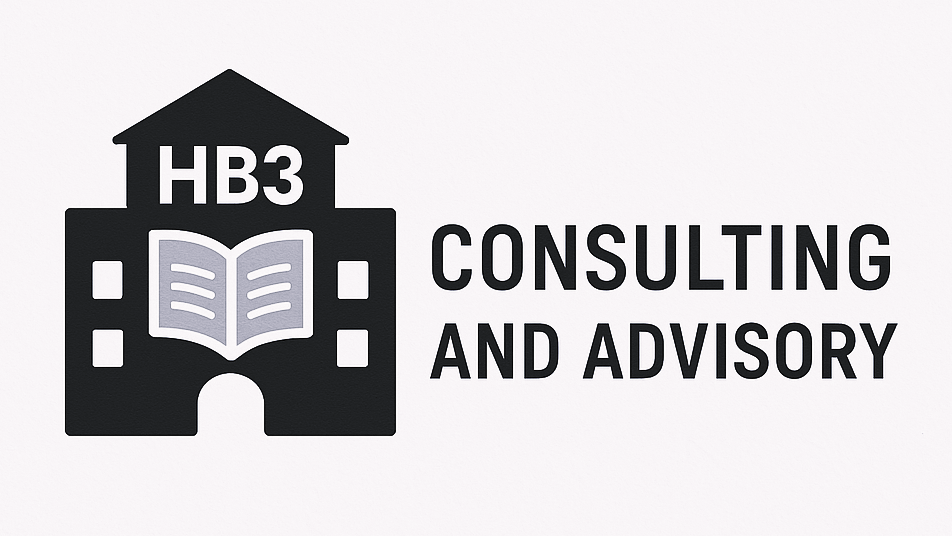The Past and Future of Learning: From Rows of Desks to Learning Everywhere
If you’ve worked with me for more than a month, there’s a good chance I’ve mentioned John Dewey’s vision of education. Today I’d like to unpack a pivotal moment in the history of American education and offer suggestions on how reflecting on this moment can guide our thinking about the future(s) of education.
In the early 20th century, the United States was undergoing transformational change: compulsory education was being adopted by more and more states, the population was growing due to a wave of immigration, and the economy was changing to account for the advancements brought by the Industrial Revolution. At this time, a fundamental debate shaped the trajectory of American education: Charles Eliot versus John Dewey. Eliot, president of Harvard and a powerful voice in education reform, advocated for a curriculum grounded in academic disciplines and rigorous intellectual training. Supported by the theory of “scientific management” (or “Taylorism”), which focused on improving efficiency in the workplace through strict control over process, efficiency through measurement, standardized procedures, and task specialization. Eliot believed schools should prepare students for college and the learned professions by offering a rigidly structured curriculum. Dewey, on the other hand, based his ideas on his research on pedagogy at the Laboratory School at the University of Chicago and argued that breaking education into standardized tasks dehumanized the learning process, reducing students to cogs in a machine. Dewey championed experiential learning and the integration of education with real-life experiences. He emphasized the importance of developing problem-solvers and democratic citizens by placing students at the center of their own learning journeys.
More than a century later, echoes of this debate remain firmly embedded in the physical and philosophical design of many American schools. Rows of desks facing the front of the room. Bells signaling rigid schedules. Subjects taught in isolation from one another. These features, rooted in the Industrial Revolution, were designed to prepare students for a workforce that valued compliance, consistency, and a narrowly defined set of skills.
But today, the world looks different. The modern workforce prioritizes adaptability, collaboration, critical thinking, and creativity. Employers value individuals who can work across disciplines, navigate complex problems, and continually learn new skills. The traditional school model, with its one-size-fits-all schedules, curriculum silos, and limited opportunities for student agency, was not built with these goals in mind.
Yet, the Eliot-Dewey debate endures, often playing out as a pendulum swing in education reform. At times, policymakers and school systems swing toward back-to-basics approaches, doubling down on standards and assessments. At other times, the pendulum shifts toward more progressive practices, emphasizing student interests, social-emotional learning, and flexible environments. Each side of the pendulum claims the moral high ground.
What if we didn’t have to choose one or the other?
Across the country, a new generation of school models is emerging, including charter schools, microschools, homeschool collaboratives, and redesigned district schools. These models often seek to blend the best of both worlds, with learning environments honoring the need for students to build strong foundations in core subjects like reading, writing, mathematics, and science. But they also create space for deeper exploration of student interests through interdisciplinary projects, community-based learning, and creative expression beyond the traditional classroom.
In parks and museums, maker spaces and community centers, and a wide range of other cultural institutions, students are designing, building, performing, and solving real-world problems. These experiences are not side projects or enrichment opportunities; they are central to how students learn. And yet, they are grounded in rigorous learning goals and intentionally scaffolded by skilled educators. There are opportunities for students to experience deep, meaningful learning in an array of spaces, and simultaneously there are opportunities for cultural institutions to attract a wider audience and provide much-needed support for cohorts of interested students. This is the very definition of a win-win.
The future of learning is not rows of desks or unstructured exploration; it is a thoughtful integration of structure and freedom, of core knowledge and creative inquiry. It is a future that doesn’t swing wildly between Eliot and Dewey, but rather, learns from both to create something new. It is a future that takes advantage of local cultural resources and views all spaces as potential learning spaces.
We stand at a moment of possibility. Let’s not replicate the past. Let’s build the future of learning, everywhere.
